Laundry is a daily household chore. The method you select for drying your clothes can impact the effectiveness of this task. Two common drying techniques are tumble drying and spin drying. Understanding the practical benefits and distinctions between them is essential. It will enable you to choose the best option for your laundry requirements and help you save time and energy.
Other Topics You Might Like
Helpful Products You Might Like
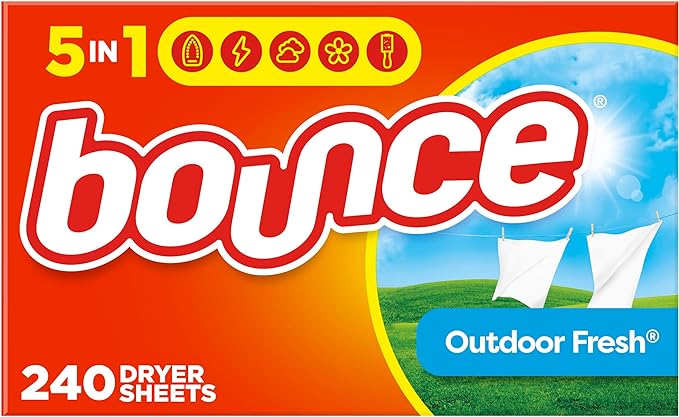
Bounce Fabric Softener
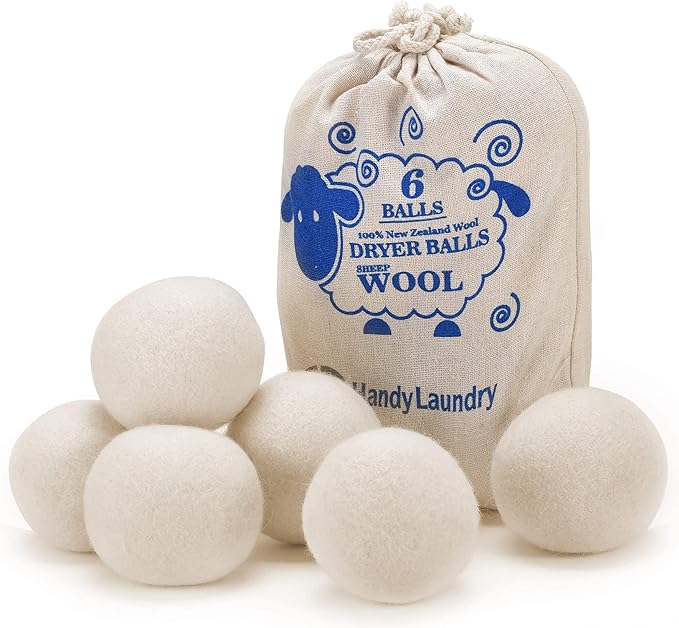
Wool Dryer Balls - Natural Fabric Softener
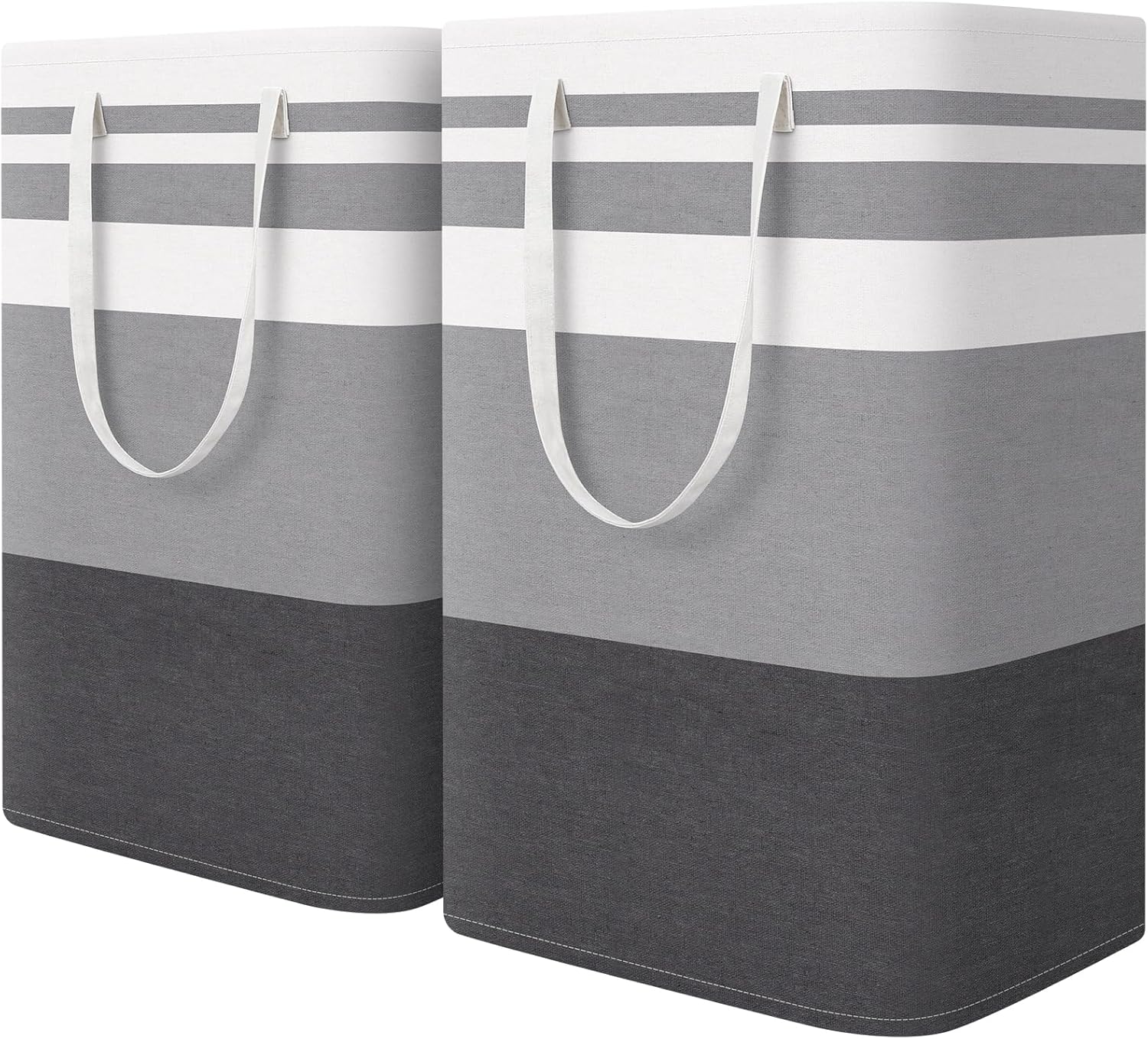
HomeHacks Waterproof Laundry Basket Hamper
"(Paid Links)" 
Tumble Dry vs Spin Dry: Advantages
Both tumble drying and spin drying offer unique advantages based on your needs. Here are 4 benefits of tumble drying that make it a popular choice for drying clothes.

Quick Drying
Tumble drying is one of the fastest methods to dry clothes, making it convenient for busy households.
Softens Fabrics
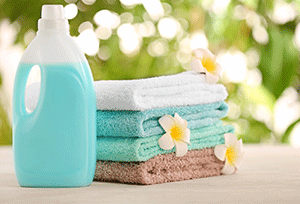
The tumbling action softens clothes and reduces wrinkles, making ironing easier.
Eliminates Odours
The heat from the dryer can help eliminate any lingering smells, leaving your clothes fresh.
Versatile
Tumble dryers have various settings for different fabric types, ensuring the right care for your clothes.
Spin drying also offers several advantages, particularly in terms of sustainability and fabric preservation. Here are 4 advantages when using spin dry
Energy-Saving
Spin drying consumes less energy than tumble drying because it doesn’t require heat to remove moisture from clothes.
Fabric-Friendly
Without heat exposure, spin drying is gentler to fabrics, reducing the chances of shrinkage and wear.
Budget-Friendly
Spin drying is often built into most washing machines, eliminating the need for an extra appliance.
Less Lint
Spin drying generally results in less lint production compared to tumble drying.
When considering tumble dry vs spin dry, it’s important to weigh their advantages against any potential drawbacks. Understanding both sides will help you make an informed decision for your laundry routine.
Disadvantages
Let’s explore the potential drawbacks they may have.
Here are 4 potential disadvantages of tumble drying.
Energy Consumption
Tumble dryers can consume a significant amount of energy, which may lead to higher electricity bills.

Potential Damage
Some delicate fabrics can be damaged or shrink due to high heat.
Cost
The initial purchase price of a tumble dryer can be quite high, especially for high-end models.
Lint Production
Tumble drying can produce lint, which requires regular cleaning of the lint filter to maintain efficiency.
Spin drying also has its drawbacks, mainly focusing on drying issues. Here are 3 potential disadvantages.
Longer Drying Time

Clothes may take longer to dry after spin drying, requiring additional air drying time.
Limited Drying Capability
Spin drying does not fully dry clothes, so you may need to hang them up to finish the drying process.
Not Suitable for All Fabrics
Some delicate fabrics may not tolerate high spin speeds, leading to damage.
Which One to Choose: Tumble Drying or Spin Drying?
Now that you’ve got the key details on tumble dry vs spin dry, the choice between these methods comes down to your specific needs and preferences. Consider these factors:
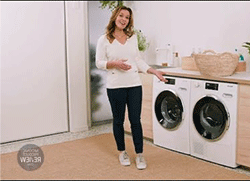
Time Constraints
If you need your clothes dried quickly, a tumble dryer might be the better choice compared to spin drying.
Fabric Type
For delicate fabrics, spin drying may be safer to avoid damage from heat, making it a preferred choice in tumble dry vs spin dry comparisons.
Energy Consumption
If you’re concerned about energy bills, spin drying is more energy-efficient compared to tumble drying.
Space Availability
If you have limited space, using a washing machine with a spin-dry function might be more practical than investing in a tumble dryer.
In the comparison of tumble dry vs spin dry, each method presents its own benefits and limitations. Tumble drying is effective for quick and thorough drying, while spin drying offers a more gentle approach that conserves energy.
